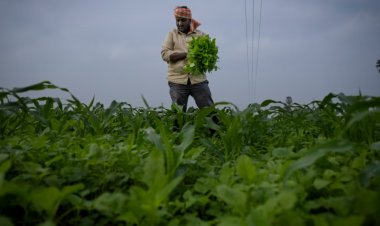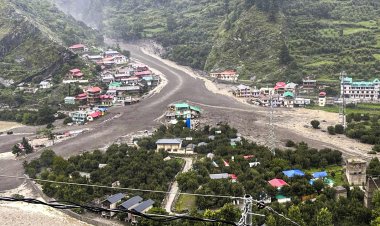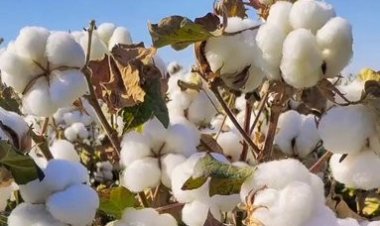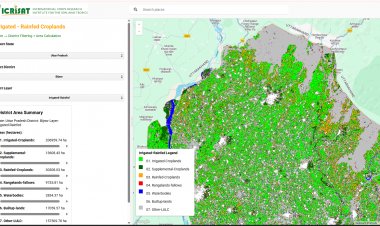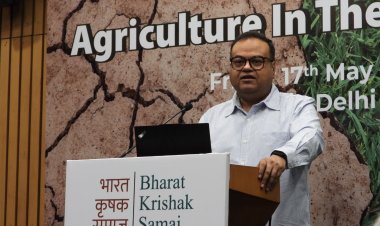Indian agriculture problem cannot be resolved through ad hoc decision
why have successive governments used the exchequer to provide farm subsidies, and secondly, how large is India’s spending on farm subsidies as compared to those of other countries having substantial interests in agriculture
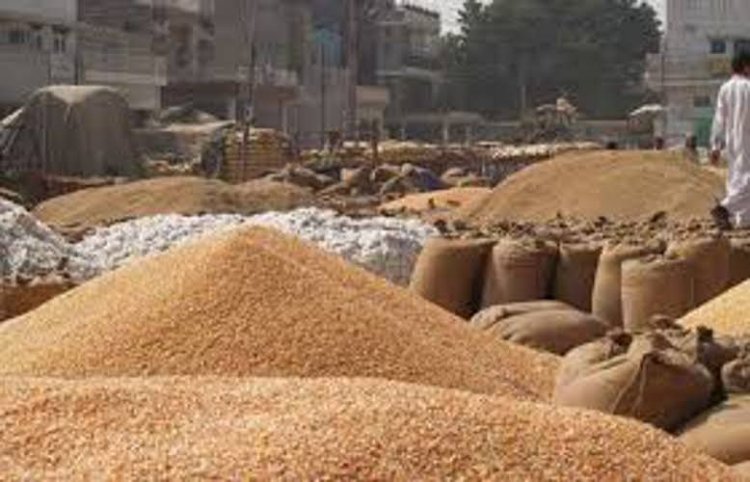
In the on-going debates around the three new agricultural legislations and the farmers’ demand for continuation of minimum support prices (MSP), questions have often been raised whether the government should be using the taxpayers money to provide subsidies to the farming community in this country. However, logically, two further questions must be asked, but none of them have been, in any significant manner. First, why have successive governments used the exchequer to provide farm subsidies, and secondly, how large is India’s spending on farm subsidies as compared to those of other countries having substantial interests in agriculture?
It should be obvious to any keen observer of the Indian economy that the country’s agriculture, which also supports the remaining rural workforce, was, forever, living beyond its means. In 1950-51, agriculture’s share in the country’s GDP was 45%, the share of workforce dependent on the sector was close to 70%. Seven decades later, agriculture’s share in GDP is below 16%, but almost 50% of the country’s workforce depends on this sector. The squeeze on agricultural sector becomes even more evident from its terms of trade vis-à-vis non-agricultural sectors. Agriculture has been facing adverse terms of trade over extended periods since the 1980s, and even during the phases when the terms of trade have moved in its favour, for instance in the 1990s and again since 2012-13, there was no distinct upward trend. A more telling commentary in this regard is that since the middle of the 2000s, farming communities have almost consistently faced adverse terms of trade vis-à-vis non-farmers.
Erosion of farm incomes was triggered by growing inefficiencies, which, in turn, was caused by lack of meaningful investment in agriculture. The share of this sector in the total investment undertaken in the country consistently fell from about 18% in the 1950s to just above 11% in the 1980s. In the subsequent decades, the situation has got far worse with agriculture’s share not even reaching double-digits. In the most recent quinquennium for which data are available (2014-15 to 2018-19), the average share of agriculture was 7.6%. However, despite this unacceptable situation, every government in post-independent India systematically ignored the need to step up investment in agriculture, which would have not only ensured more efficient use of farm resources but would have also been a crucial step towards improving farm incomes.
A quick comparison of the yields of the major crops in India with those of other countries confirms the dismal state of agriculture in this country. If one ranks countries in terms of their yields in wheat and rice, India’s two major crops, the country ranks was 45th and 59th respectively, in 2019.. It may also be added here that this ranking would go down sharply if the areas recording high yields, like Punjab and Haryana, are excluded. In other words, for farmers in most regions of the country, it is an uphill battle for survival amid low yields.
The market has always been the farmers’ biggest adversary, making it impossible for them to realise remunerative prices for their produce. The existing marketing system dominated by the APMCs have long been proved to be against the interests of the small farmers, but the government, in its own wisdom, has now decided to introduce even larger middlemen that would do no more than complete the circle of misery for the farming communities.
It is a no brainer that such complex problems facing Indian agriculture cannot be resolved through ad hoc decision-making, and that this country needs a agricultural policy that addresses the challenges facing this sector in a comprehensive manner. Surprisingly, the demand for such a policy has seldom been made in a forthright manner, even by the country’s farming communities. Lack of a coherent policy for agriculture must surely be regarded among the most remarkable failures of the governments in post-independence India. The magnitude of this failure can be better understood if one considers the fact that the United States (US), with less than 2% of its workforce engaged in agriculture, has been enacting farm legislations every four years since the Agricultural Adjustment Act was enacted in 1933, the first legislation of President Roosevelt’s New Deal. In a similar vein, members of the European Common Market adopted their Common Agricultural Policy in 1962, only a few years after establishing the institution. These policies comprehensively address the needs of the farm sector through proactive support from the respective governments.
The above discussion is useful for contextualising India’s farm subsidies. The government dole out is a price that the country pays for the failure of the policy makers to comprehensively address the problems of the farm sector. Thus, instead of engaging with the farming communities for putting in place a comprehensive set of policies, which also provide for the setting up of farmer-friendly institutions in order to improve the economic viability of the sector, successive governments have chosen to dole out subsidies in order to ensure domestic food security and protecting rural livelihoods. It must be said that the governments have continued granting subsidies as failure to realise either of the two objectives can have catastrophic consequences for the country. At the same time, however, wanton distribution of subsidies without a proper policy framework has distorted the structure of production and consequent undesirable outcomes in terms of excessive food stockpiling. And yet the fundamental ills of Indian agriculture are not adequately addressed.
When subsidies have virtually been made the survival kit for Indian farmers, there is possibly a need to understand the magnitude of the government dole out, also by comparing it with those granted by other countries. Members of the World Trade Organization (WTO) are expected to notify their agricultural subsidies as a part of their commitment under the Agreement on Agriculture (AoA); the subsidy notifications provide a good basis to understand where India stands vis-à-vis other countries in this regard.
India’s latest notification, for 2018-19, shows that the subsidies provided were slightly more than $56 billion. In most of the recent years, the largest component of India’s subsidies ($24.2 billion, or 43% of the total) are provided to “low income or resource poor farmers”, a terminology that the AoA uses. However, designation of this category of farmers is left to individual members. India has notified that 99.43% of its farmers are low income or resource poor. According to the agricultural census conducted in 2015-16, these are the farmers whose holdings are 10 hectares or less. Thus, according to the Government of India, almost the entire farm sector comprises of economically weak farmers.
The two major providers of farm subsidies, namely, the US and the members of the European Union (EU) gave much larger magnitudes of support than India did. The former provided $131 billion in 2017 and the latter, nearly 80 billion euros (or $93 billion) in 2017-18. Absolute numbers do not provide a good yardstick to compare the farm subsidies, the ratios of subsidies to agricultural value addition for the three countries give a much better picture. Thus, for 2017, India’s farm subsidies were 12.4% of agricultural value addition, while for the US and the EU, the figures were 90.8% and 45.3% respectively. This, then is the reality of farm subsidies that India provides.
(Writer is a Professor of Centre for Economic Studies and Planning at Jawaharlal Nehru University)



 Join the RuralVoice whatsapp group
Join the RuralVoice whatsapp group


















